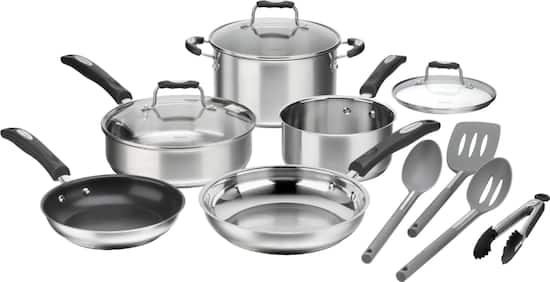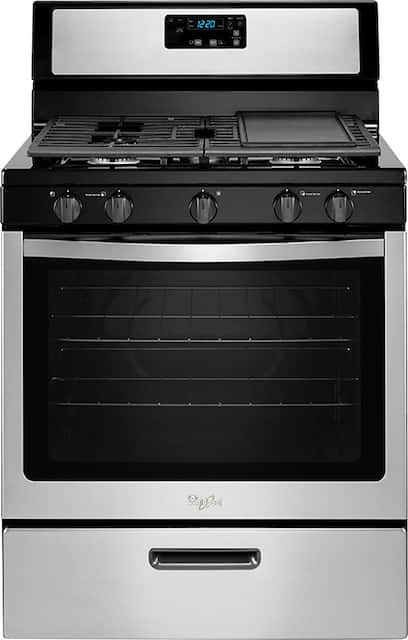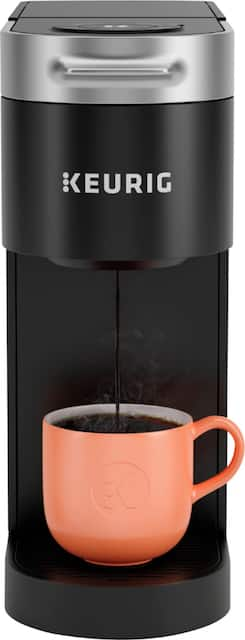Cuisinart – 12-Piece Cookware Set – Stainless Steel
Equip your kitchen with this Cuisinart stainless steel set. Comprising 12 pieces, including a variety of saucepans, pots and fry pans, all with ergonomic handles and some with lids, this set is completed with kitchen tools used for frying, draining and turning. This Cuisinart stainless steel set is dishwasher-safe for quick cleanup once the cooking is done.
Additional information
| Model Number | P87-12 |
|---|---|
| Product Depth x Length x Width (in.) | 9.88 x 13.8 x 23.5 |










by Steve
I love the quality of the pans and easy to use and wash
by Papa
Nice cookware set. Bought for a gift. I am sure they will be very satisfied with this cookware.
by Ashley
My family love it and I do recommend it for you to have it.
by Patgar
The pots and pans are nice. They cook evenly and seem to be easy to clean.
by Joseph
Awesome cookware came well packaged and very fast shipping.
by Andrea
Pans are a little sticky. Once you get the heat level down they work great!